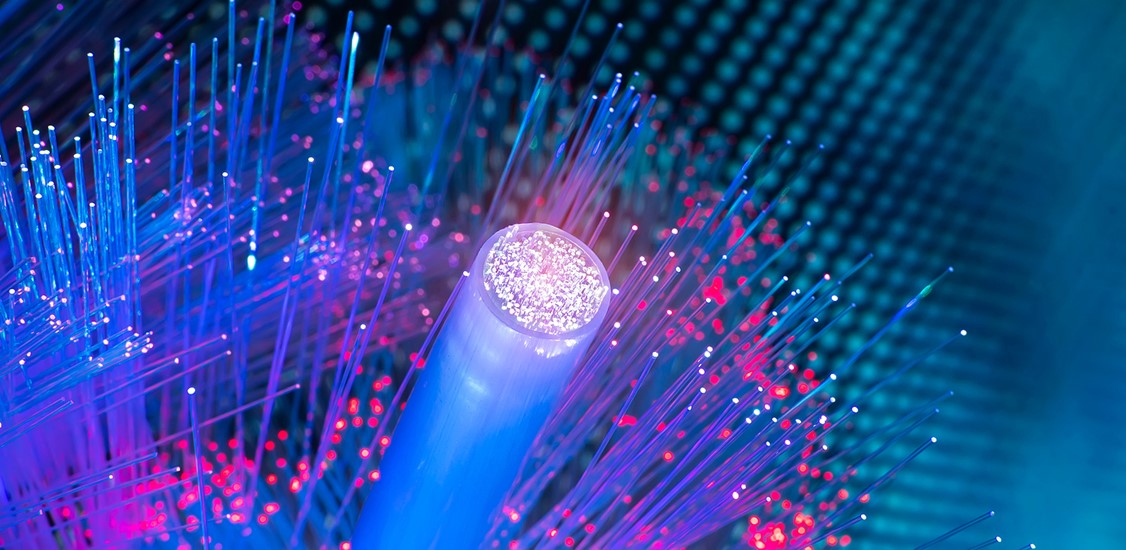In 2022, the U.S. government allocated an unprecedented $42.45 billion toward closing the country’s persistent digital divide through the Broadband Equity, Access, and Deployment program. Adding in the $20.4 billion in the Rural Development Opportunity Fund from 2021, and the prior $1.5 billion Connect America Fund (CAF) II, a little over $63 billion will be flowing into America’s broadband infrastructure.
There are serious challenges to spending all that money wisely. To name just a few: each state must set up and staff a broadband office (or expand their efforts if they already have one) to design and administer network deployments at an unprecedented scale. These programs necessarily involve technology choices and policies that could severely limit program effectiveness if not well and fully informed. Prioritizing deployments correctly to reach the real un- and underserved is very difficult because the quantity and locations of these households are very poorly understood. It’s a big country, physically, with a very large number of internet service providers (ISPs) active in the scene, and around 130 million household circumstances to tally up. Efforts on the first of these challenges are well underway across the country; where things go on the others is an open question.
We predict that in 2023 two of the next large impediments to these programs’ success will be cleared. First, the Federal Communications Commission’s (FCC) broadband map effort now underway, aimed at gathering and refining accurate location-by-location data on service availability and affordability, will finally address the flaws in the FCC’s “477” data; confirming what many American consumers know well: the country’s digital divide is a lot wider than past estimates have shown. Second, this more accurate divide data will motivate a necessary shift in the administration of these programs away from their current fiber-only bias. Divide programs will need to move toward hybrid networks that leverage both fiber and recent advances in wireless. The next generation of fixed wireless access (ngFWA), now well-proven in commercial deployments, will play a key role in both expanding these programs’ reach to the whole country as well as shortening their deployment timelines.
The FCC created broadband maps as an effort to create greater transparency in the broadband industry as well as accurately identify areas affected by the digital divide. However, these older maps utilized the long-used “Form 477” data that made these maps fundamentally flawed. The problem stemmed from relying on information that didn’t paint the whole picture and collected data only at the census block level. In layman’s terms, this meant that if a single home was served in a census block, then the entire block would appear as served on the maps. This approach led to significant inaccuracies, especially in lower-density parts of the U.S. where the divide is widest, which severely limited map utility in guiding policy, grant programs, and regulation of the industry.
Fortunately, the FCC has now moved to a new approach based on individual locations instead of census blocks, which promises to improve accuracy. In November 2022, the FCC released the pre-production draft of its new broadband maps, which provide the best data to date regarding broadband’s availability nationwide. These pre-production maps are an improvement over the 477-based approach, but (as the FCC points out clearly) certainly need refinement. To facilitate that, the FCC is “crowdsourcing” iterative improvements to the map by asking individuals and companies to challenge the information gathered and to provide more details on the facts on the ground. This challenge and correction process promises to yield a much more detailed and accurate picture of fixed broadband availability and service levels in the U.S., which many in the industry expect will confirm the broadly held belief that former methods have been materially overstating service availability and speeds.
There are five elements driving our second prediction: the scale of the U.S. divide, macroeconomic effects on commercial network investments, America’s now-divided government, the intrinsic relationship between fiber network costs and household density, and ngFWA’s unique utility in hybrid networks.
On scale, extrapolation from the Fiber Broadband Association’s April 2022 summation of the growth in U.S. residential fiber broadband availability in 2020 and 2021 indicates an estimated 67 million households should be passed by fiber by year-end 2022, or about 50% of the country. The large majority of that fiber is passing homes in higher-density areas (i.e., where houses are closer together) where the commercial business case for fiber is strongest, and where operators have been investing in their networks with exclusively their own capital. Meanwhile remote or rural areas with low household density remain without adequate internet service.
Looking forward, macroeconomic effects in the U.S. (inflation, rising interest rates, scarcity of relevant skilled labor) are putting pressure on the business case for commercial fiber network deployments, which is expected to slow progress from here.
In addition, as governments and operators work toward covering the other half of the country, they will face an essential reality in these lower-density markets left to serve: the cost per household passed for fiber rises very quickly as density falls. A recent look at a sample of 91 digital divide grants for fiber projects in California, Nebraska, and Virginia found that the average cost per household passed ($/HH passed) in the 10 lowest-density projects was, at $23.4k, about 7x higher than the average for the 10 highest-density projects (see figure below for details on the sample). The average $/HH passed across all 91 projects was $12.8k — which, when multiplied by the 67 million homes yet to be covered obviously turns into a number an order of magnitude larger than $63 billion. Since the country’s now-divided federal government is unlikely to agree on more funding in this category, some creativity will be required to close the gap.
Fortunately, an important example of that creativity is already at work on the scene. In the second half of 2021, the first instance of next-generation fixed wireless access (ngFWA) technology was commercially launched. Unlike 3GPP networks and Wi-Fi-based FWA, ngFWA technology was developed from the ground up specifically to address the inherent challenges of interference and obstructions in fixed access applications. It has been embraced by more than 200 ISPs, now operating 165 commercial networks. A number of those are being used for digital divide applications where they are turning in $/HH passed metrics in the ~$100 range instead of thousands, with deployments in single-digit months instead of years, and reliable service in the hundreds of Mbps, even in unlicensed spectrum.
Given the above, we are confident that the U.S. will see a significant increase in the development of hybrid fiber and ngFWA deployments and plans for divide projects in the coming year.
Sources:
State Broadband Office sources:
California: https://www.cpuc.ca.gov/industries-and-topics/internet-and-phone/california-advanced-services-fund
Nebraska: https://gis.ne.gov/portal/apps/webappviewer/index.html?id=9dc876af8ea541daa28d7dc82378e5ca
Virginia: https://www.dhcd.virginia.gov/vati-archive-programs
 Figure #1 – graphic created utilizing information shared in state broadband office sources
Figure #1 – graphic created utilizing information shared in state broadband office sources






















